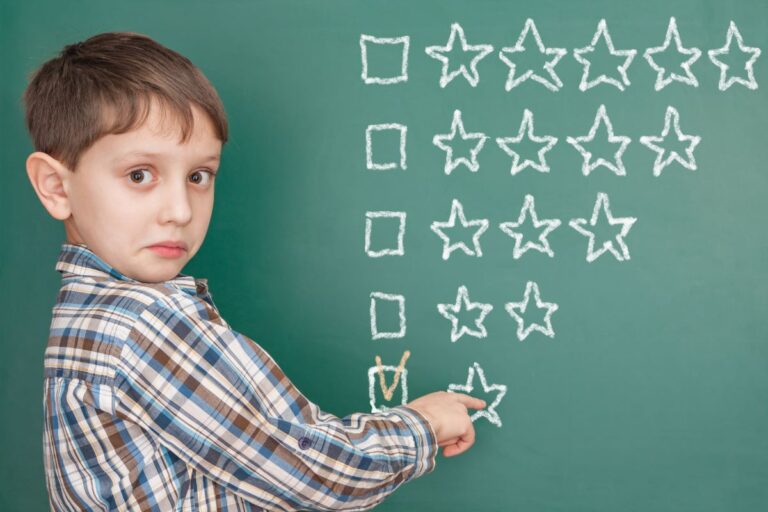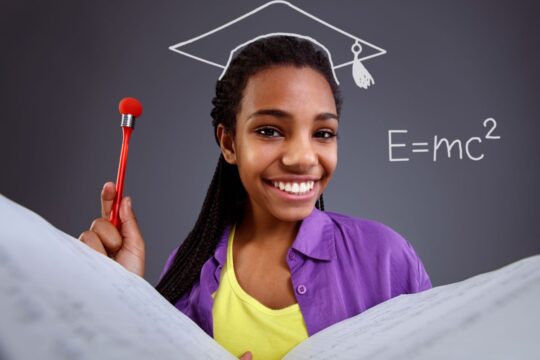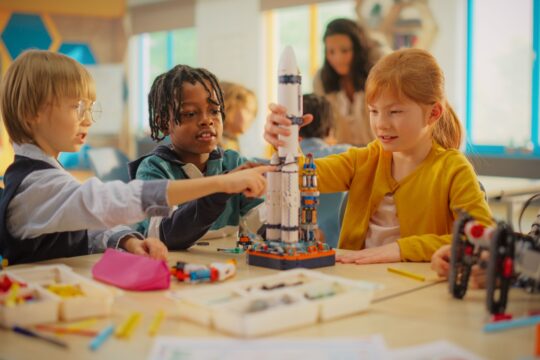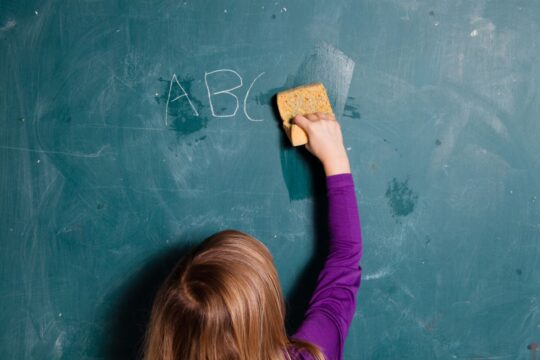As an educator, you have probably heard the buzz around personalized learning and growth mindsets. But, one strategy that’s often overlooked is student self-assessment. It’s not about giving a rubric and asking students to rate themselves.
Self-assessment is a deeper, more empowering approach that puts students in control of their learning. When done right, self-assessment helps students. It boosts their ownership, reflection, and goal-setting. Here, we’ll examine why self-assessment is such a powerful tool and how you can implement it in your classroom.
Benefits of Student Self-Assessment
The benefits of student self-assessment go far beyond self-reflection. It empowers students to take meaningful charge of their learning. By encouraging ownership, critical thinking, and personal growth, self-assessment becomes a key tool for developing lifelong learners. Here are a few more advantages.
Promotes Ownership and Responsibility
When students are asked to assess their work, they are actively involved in evaluating their progress. They begin to understand their learning is something they have control over. This can change their mindset to help foster a sense of responsibility. This may in turn start to show them that school is a place for personal growth, not just trying to meet the expectations of others.
Develops Critical Thinking Skills
Self-reflection can build critical thinking skills. As students start to self-assess their progress, they may start asking themselves, “What can I do better next time?” By taking the time to analyze their performance, students develop these essential skills to help them become more analytical learners.
Improves Goal Setting Skills and Encourages Motivation
When students take the time to assess their progress, they will start to identify what areas they need improvement. They can then set specific goals for themselves which can be incredibly motivating for them. They can then take these goals and use them as a roadmap to get to where they want to go.
Strengthens Metacognitive Skills
Metacognition is the ability to think about one’s own thinking. It’s essentially a fancy word for an essential skill. Students who engage in self-assessment often develop a strong sense of self-awareness. They can identify their strengths and weaknesses. Then, they can adjust their strategies based on that understanding. Over time, they become better at managing their learning, a skill that will serve them well beyond the classroom.
Tips for Implementing Student Self-Assessment
Incorporating student self-assessment into your classroom can be a game-changer when done effectively. Start small, offer clear instructions, and build a supportive atmosphere. Here are some practical tips to help you get started with student self-assessment.
Ease into the Process
Start small by having students reflect on an assignment right after they have completed it. Simply ask them two questions, “What part of the assignment was easy?” and “What part of the assignment was challenging?” As students get comfortable with self-assessment you can increase the complexity of the assessment questions.
Provide a Clear Example
Model what the assessment process looks like by showing students how you would answer the questions. Point out that you are not just focusing on what was challenging, but also the successes. By modeling this balanced approach, you’ll help students understand the value of honest, constructive reflection.
Set Clear Benchmarks and Guidelines for Assessment
Without clear guidelines, self-assessment can feel overwhelming. That’s where assessment tools such as rubrics come into play. Rubrics are a great way to provide guidance for students. When you give students a rubric, take the time to walk through it and explain what each section means. This will help students know exactly what to look for when they’re reflecting on their work.
Provide Time for Reflection
Self-assessment shouldn’t be rushed. Build time into your lessons for students to carefully self-assess their work. Depending on the severity of the lesson, this can be five minutes or 15 minutes. By giving students time to reflect on their performance, you reinforce the value of self-assessment in learning.
Pair with Peer Assessment
Student self-assessment is very valuable. However, peer assessment can add more feedback. Peers may notice things that students miss when assessing their own work. Peer feedback creates a fuller picture of a student’s progress when combined with self-assessment.
Example of a Self-Assessment Tool
Here is an example of an effective self-assessment tool. This is easy to implement and can be adapted for any assignment.
Assignment Overview
At the top of the worksheet students write down a brief description of the task.
Self-Assessment Criteria
Students are given a list of specific criteria to evaluate their work. For each criterion, students rate themselves on a scale (1-5) and briefly explain why they gave themselves that score.
Strengths
Students write down one to three things that they think they did well on the assignment.
Areas of Improvement
Students reflect on a few things that did not go well with the assignment.
Goal Setting
Students set a new goal for the next assignment. This is an important step of the self-assessment process because they are making improvement plans.
Student self-assessment is a teaching strategy that takes time. However, with consistency, it will become second nature to both you and your students. By using this approach, you are helping students become independent, reflective learners and setting them up for success in both school and beyond.
Educators never stop learning; check out our available graduate degree programs to hone your skills and promote lifelong learning and academic excellence.




